Got an Apple, Mac or iOS tech question? We have the answer. This time, we answer a reader's question about file extensions in OS X. Some people like 'em, some people don't - once upon a time, Mac. This is the company file extension for the 2019 version of QuickBooks Pro for Mac. File type: Backup file. These QuickBooks file formats are used when you move your Mac files to QuickBooks Desktop for Windows. File type: Apple Disk Image file. This extension is the backup for the QB company file. It is saved as an Apple disk image.
Disk Utility User Guide
Disk Utility on Mac supports several file system formats:
Apple File System (APFS): The file system used by macOS 10.13 or later.
Mac OS Extended: The file system used by macOS 10.12 or earlier.
MS-DOS (FAT) and ExFAT: File systems that are compatible with Windows.
Apple File System (APFS)
Apple File System (APFS), the default file system for Mac computers using macOS 10.13 or later, features strong encryption, space sharing, snapshots, fast directory sizing, and improved file system fundamentals. While APFS is optimized for the Flash/SSD storage used in recent Mac computers, it can also be used with older systems with traditional hard disk drives (HDD) and external, direct-attached storage. macOS 10.13 or later supports APFS for both bootable and data volumes.
Pressure vessel nameplate data. APFS allocates disk space within a container on demand. The disk’s free space is shared and can be allocated to any of the individual volumes in the container as needed. If desired, you can specify reserve and quota sizes for each volume. Each volume uses only part of the overall container, so the available space is the total size of the container, minus the size of all the volumes in the container.
Choose one of the following APFS formats for Mac computers using macOS 10.13 or later.
APFS: Uses the APFS format.
APFS (Encrypted): Uses the APFS format and encrypts the volume.
APFS (Case-sensitive): Uses the APFS format and is case-sensitive to file and folder names. For example, folders named “Homework” and “HOMEWORK” are two different folders.
APFS (Case-sensitive, Encrypted): Uses the APFS format, is case-sensitive to file and folder names, and encrypts the volume. For example, folders named “Homework” and “HOMEWORK” are two different folders.
You can easily add or delete volumes in APFS containers. Each volume within an APFS container can have its own APFS format—APFS, APFS (Encrypted), APFS (Case-sensitive), or APFS (Case-sensitive, Encrypted).
Mac OS Extended
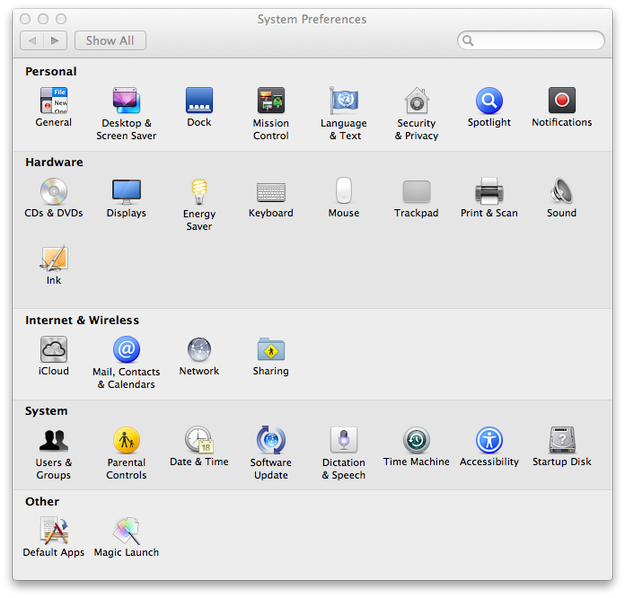
Choose one of the following Mac OS Extended file system formats for compatibility with Mac computers using macOS 10.12 or earlier.
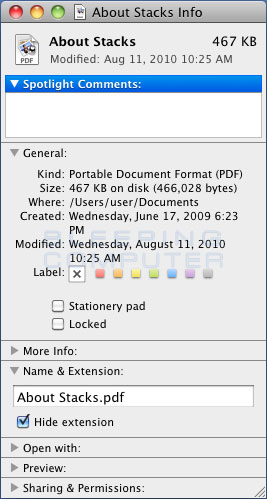
Mac OS Extended (Journaled): Uses the Mac format (Journaled HFS Plus) to protect the integrity of the hierarchical file system.
Mac OS Extended (Journaled, Encrypted): Uses the Mac format, requires a password, and encrypts the partition.
Mac OS Extended (Case-sensitive, Journaled): Uses the Mac format and is case-sensitive to folder names. For example, folders named “Homework” and “HOMEWORK” are two different folders.
Mac OS Extended (Case-sensitive, Journaled, Encrypted): Uses the Mac format, is case-sensitive to folder names, requires a password, and encrypts the partition.
Windows-compatible formats
Choose one of the following Windows-compatible file system formats if you are formatting a disk to use with Windows.
MS-DOS (FAT): Use for Windows volumes that are 32 GB or less.
ExFAT: Use for Windows volumes that are over 32 GB.
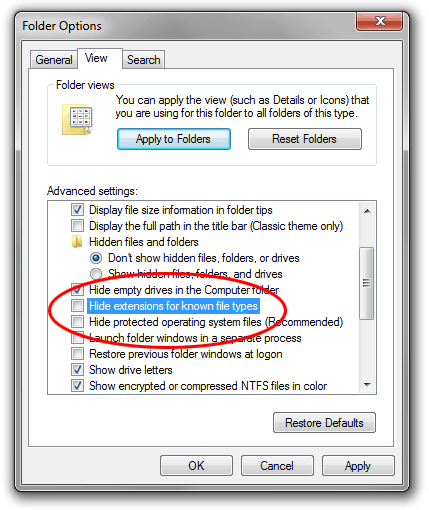
- 1.MacPaint Image
- 2.Application Macro File
File Type 1MacPaint Image
| Developer | Apple |
| Popularity | |
| Category | Raster Image Files |
| Format | Binary |
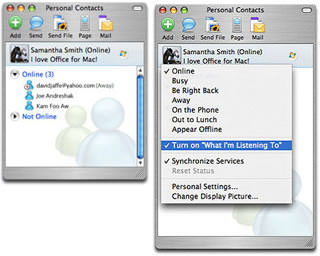
What is a MAC file?
Bitmap graphic created by MacPaint for the Macintosh, one of the first painting programs for the Mac; supports only black-and-white graphics since the original Macintosh had a monochrome monitor.
Open over 300 file formats with File Viewer Plus.Programs that open MAC files
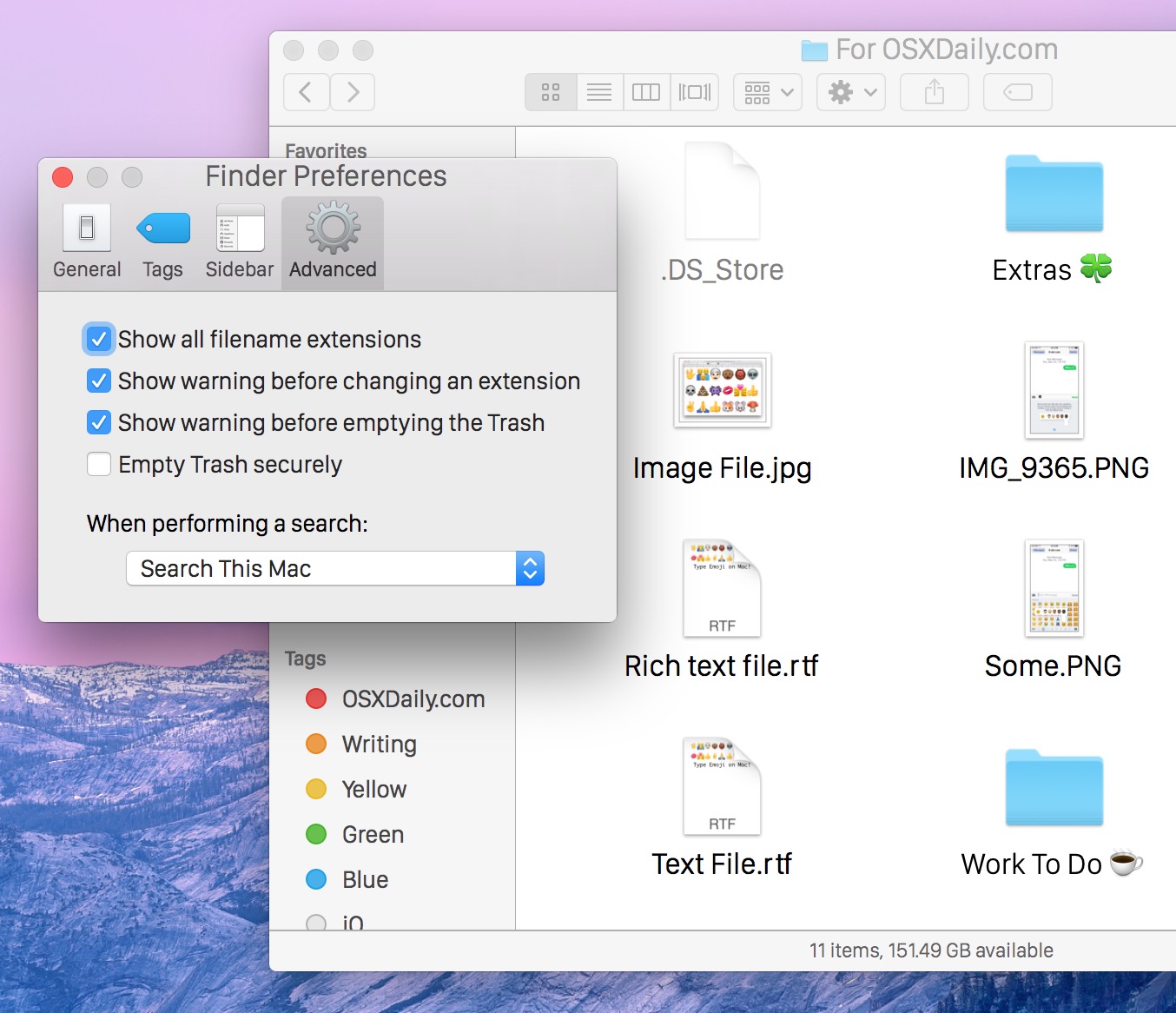
File Type 2Application Macro File
| Developer | N/A |
| Popularity | |
| Category | Executable Files |
| Format | Text |
.MAC File Association 2
A MAC file contains a macro, which may be created by various programs, such as UltraEdit, Minitab, and Cabrilog Cabri Geometry II. It contains a list of commands in plain text that are used to perform functions in the respective application. MAC files can be opened by the programs that created them.
Macros are especially helpful for automating repetitive tasks. Users can record various types of functions, whether it be inserting a snippet of information, performing edits to an image, or calculating an equation, then execute them at a later time with just a couple mouse clicks or key combination.
When saving a recorded function, the MAC file is created to store the commands that were performed to complete the function. The commands are stored in plain text in the MAC file and can be opened and edited by a text editor. However, a macro stored in a MAC file can only be executed by the program used to create it.
NOTE: MAC files are potentially dangerous files because they may be used to store malware. It is important that you verify the source of a MAC file before opening it.
Programs that open MAC files
File Format For Mac And Pc
Mac File Extensions List
